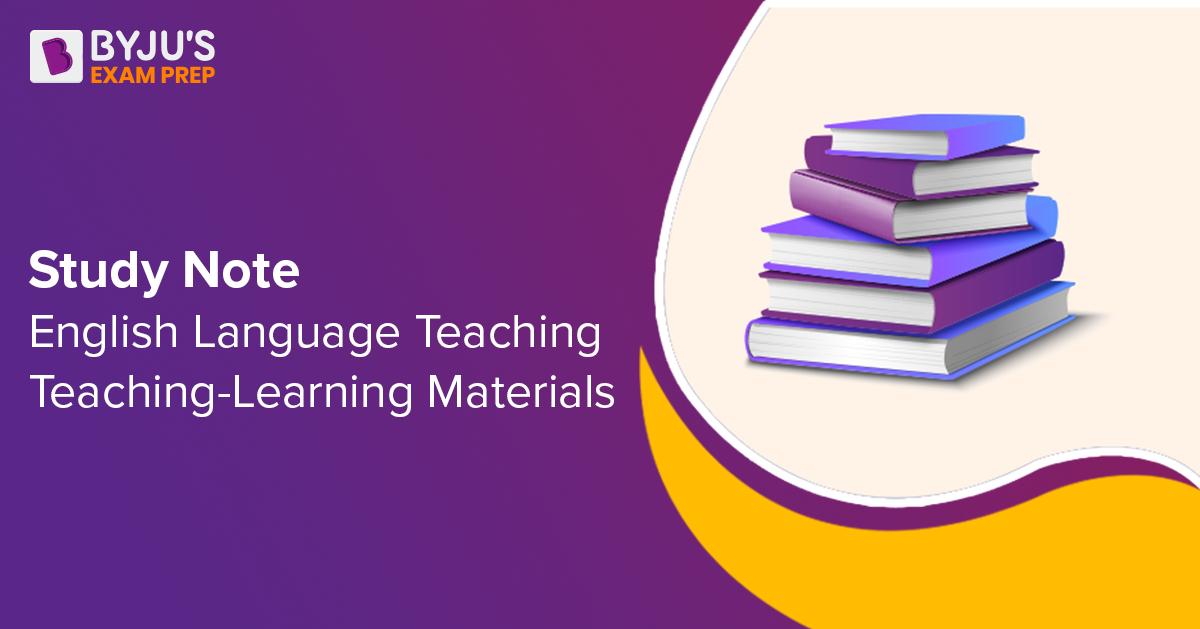Best Tips To Selecting Italian Primary Teaching Materials
Wiki Article
What Manipulatives, Visual Aids And Educational Technology Are Appropriate For Italian Preschools?
Italian preschools benefit from using a variety of materials that can support the learning and development of their children. Here are some examples of manipulatives. Manipulatives may be utilized by children to explore and learn. They also help them develop their fine motor skills. Some manipulatives suitable for Italian nurseries include puzzles, blocks, sorting games, and stacking toys.
Visual aids. Visuals can be used to aid in the growth of language and aid children in learning and remembering concepts. Posters charts, picture books as well as maps are all examples of visual aids that can be used for Italian nurseries.
Educational technology: Educational technology can help students learn and provide extra resources for students. Examples of educational technology that may be suitable for Italian kindergartens include touchscreen tablets with educational applications, interactive whiteboards as well as audiovisual equipment for showing animated videos for education and educational content.
It is essential to keep in mind that the educational materials utilized by Italian nursery schools must be age appropriate. They also need to be safe and relevant for their culture. Materials should also be chosen according to the interests and requirements of the children. Teachers in nursery schools should keep their materials up-to-date and frequently review them to make sure they remain relevant and enjoyable for students. Follow the best materiale didattico italiano sostegno for site tips.

What Maths-Related Books Are Recommended For Italian Nursery Schools?
Maths didactics cards can be used to teach basic mathematical concepts to infants and toddlers. Maths didactics can be utilized to teach children the basic mathematical concepts. It is possible to use illustrations to help enhance learning by using animals or objects as numbers.
Shape cards: Shape cards can teach children the names and properties of different shapes such as circles, squares triangulars, rectangles, and triangles. They can also include images of real-life objects that depict each shape.
Color cards are a great way to teach children about the names of different colours and their shades. It is possible to use illustrations which depict objects with the dominant color to help enhance the learning experience.
Counting cards are a great method to aid your child master the art of count. To make learning more fun it is possible to include images of animals or objects that represent numbers.
Time cards: Time cards can aid children in understanding the concept of time as well as the names of days of the week and months of the year. To make the learning process more enjoyable, they can be illustrated using clocks or calendars.
Maths didactics must be engaging and engaging, as well as appropriate for children of all ages. Teachers and caregivers can to use these cards for engaging, fun Maths activities that encourage interest and enthusiasm in children. View the best materiale didattico matematica sostegno for more advice.

What Historical Teaching Materials Will Italian Nurseries Require?
Italian nurseries use history materials to assist their children in learning about the past. They also show them how to understand the current situation and give them a strong sense of belonging. Below are a few examples of what could be useful for teaching history: Age-appropriate material Texts that are appropriate for ages and present the historical context, culture or even people can inspire children to take an interest in history.
Artifacts and pictures. Artifacts and photographs can aid children in visualizing as well as appreciate and comprehend historical events and lifestyles.
Maps, timelines, and other visual aids can be useful to help children comprehend the ways in which events are interconnected.
Storytelling - Storytelling has the power to captivate and impress youngsters with historical events and individuals in an entertaining and memorable way.
Dramatic play: Dramatic play helps children relive historical events and experiences and gain a better understanding of the past.
Field trips: Children are able to learn history through hands-on activities and experiences at local museums or historical sites.
The materials for history are meant to be age-appropriate and sensitive to cultural differences. These resources can be used by caregivers and teachers to create interactive and engaging historical activities that encourage children's enthusiasm and enjoyment of learning. Check out the most popular materiale didattico storia sostegno for website advice.

What Materials Are Needed To Teach Geography In Italian Nursery Schools?
Italian nurseries can utilize geography-related materials to help children understand diverse cultures and the different settings. Here are some examples of geography teaching materials that may be necessary Maps: Maps help children learn about the geography of different regions and countries, and the locations of various landmarks and natural landscapes.
Globes: Globes allow children to discover the continents, oceans, as well as other aspects of the earth.
Images and videos: Photos and videos of locations and people from all over the world can aid children understand diverse ways of living.
Books that are age-appropriate, appropriate for children featuring different cultures and locations can help children gain an understanding of geography and a sense curiosity about the world.
Natural materials, like plants, shells, and rocks can be used to educate children about diverse ecosystems and the different environments.
Field Trips: Children are able to acquire valuable knowledge about geography by taking excursions to local Zoos, parks and museums.
It is vital to choose resources for geography education that are age-appropriate and culturally sensitive. Teachers and caregivers are able to make use of these resources to create engaging, interactive geography activities that encourage children's enthusiasm and curiosity.
